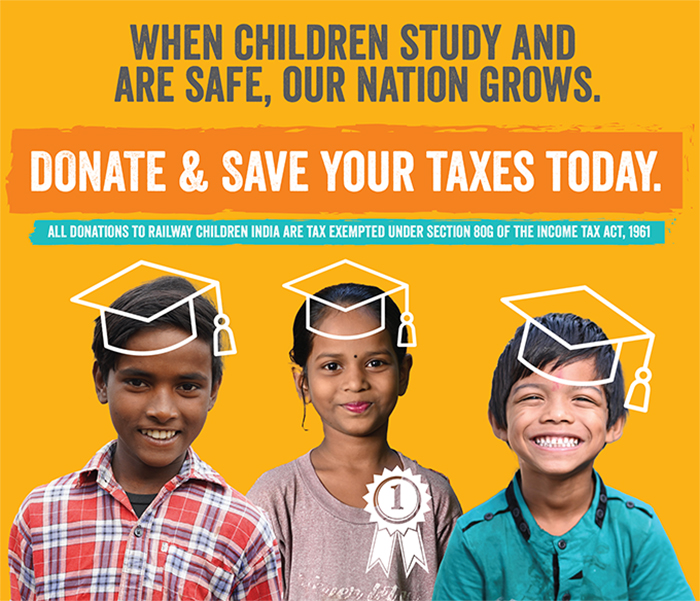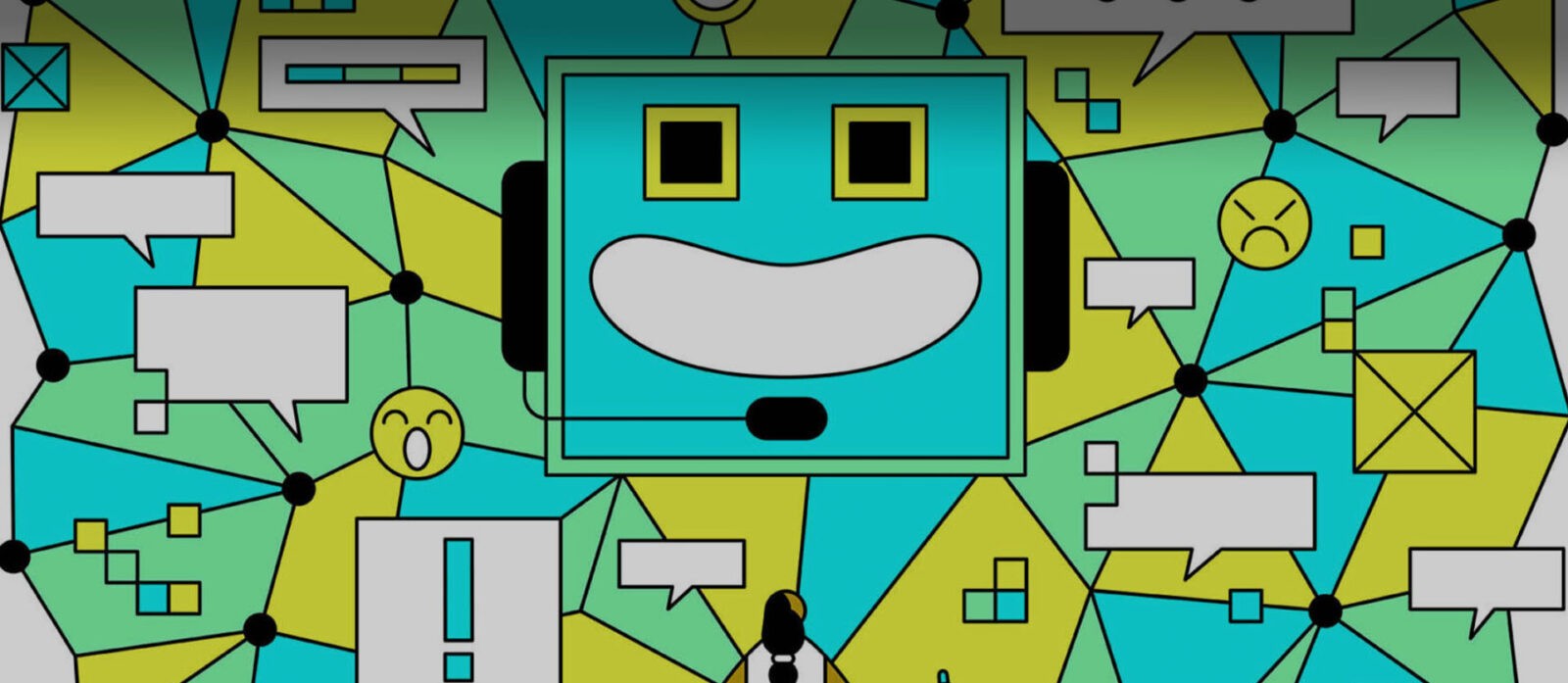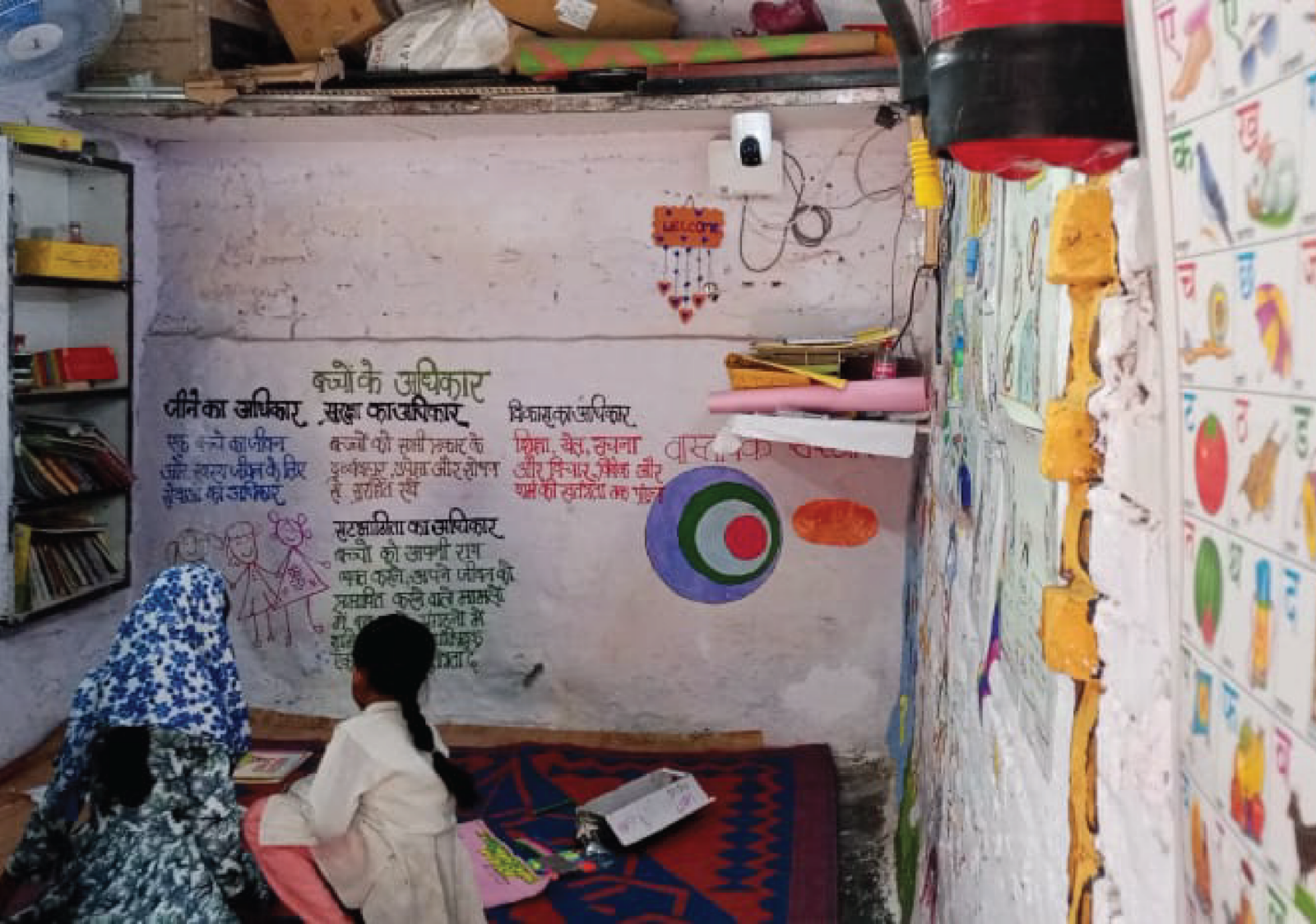The advent of ChatGPT made waves in varied areas of lives across the globe. Sure, as is common with changes, its introduction received flak and flatter equally. No matter, the reach and impact of Artificial Intelligence (AI) is undeniable. Right from logistics and finance to medicine and construction, every field has been generously graced with the presence of AI. Duly following suit is the field of education. AI has revolutionized learning by opening up possibilities for learners of all ages.
EdTech companies are now investing heavily in AI with the goal of enhancing eLearning solutions. Personalized learning experiences, duly identified and addressed knowledge gaps, and targeted feedback are only aiding the learning process.
To understand the burgeoning impact let’s take a look at five ways that AI and tech innovations are transforming and the field of education and how bright the future looks.
1. Personalized Learning
We’ve all been a part of a classroom that had a bunch of children who would swiftly grasp the subject at hand, a few others who would were stronger in one subject and not so much in another, and then a few other who liked to spend their time in the field playing rather than rote learning subjects.
The conventional learning system did not allow for customized learning owing to numerous factors. With the advent of AI, however, personalized learning is now possible for every student, no matter the strength of the class.
Presently, companies such as Carnegie Learning, for instance, are developing intelligent instruction design and digital platforms that use AI to provide learning, testing and feedback to students from right form pre-K to college level.
2. Global Access for All Students
One only needs to visit an elementary school, held under a Banyan tree in the hinterland of India to witness the gap in access to education. With the intervention of AI tools and state-of-the-art technology, even students who speak their native language or students with visual/hearing impairments can be a part of global classrooms.
The Presentation Translator free plug-in for PowerPoint, for instance, enables real-time subtitles of the teacher’s speech, allowing students with special needs or even those who may be absent from class to learn easily.
3. Task Automation
With AI entering the sphere of quick assessments, teachers and educators can enjoy more time at hands to focus on value-adding work. Grading multiple-choice tests has already become a task for technology to tackle, it is expected that AI tools will soon be able to assess written responses as well, along with offering recommendations on closing the learning gap.
Additionally, AI can also help teachers and educators create innovative content for convenient learning. Appinventiv’s Gurushala is a striking example that not only offers free study material for children, but also provides a platform for teachers to engage with their students and find interactive learning methods.
4. Narrowing the Skill Gap
Upskilling is not restricted to students. AI-driven platforms analyze educators’ strengths and weaknesses, tailoring professional development programs to their specific needs. Through AI-powered tools, teachers gain access to curated content, interactive simulations, and real-time feedback, enhancing their pedagogical skills. Additionally, AI assists in automating administrative tasks, allowing educators to focus more on teaching. This innovative approach fosters a more effective and adaptable teaching workforce, ultimately improving the quality of education for India’s diverse student population.
5. Support Outside the Classroom
It is often a harrowing task for parents, who struggle with the children’s’ homework. While tutors are readily available to ease their issues, they come with their own set of drawbacks. This is where the convenience of AI steps in. Tutoring and studying programs are becoming more advanced thanks to artificial intelligence, and soon they will be more available and able to respond to a range of learning styles.







